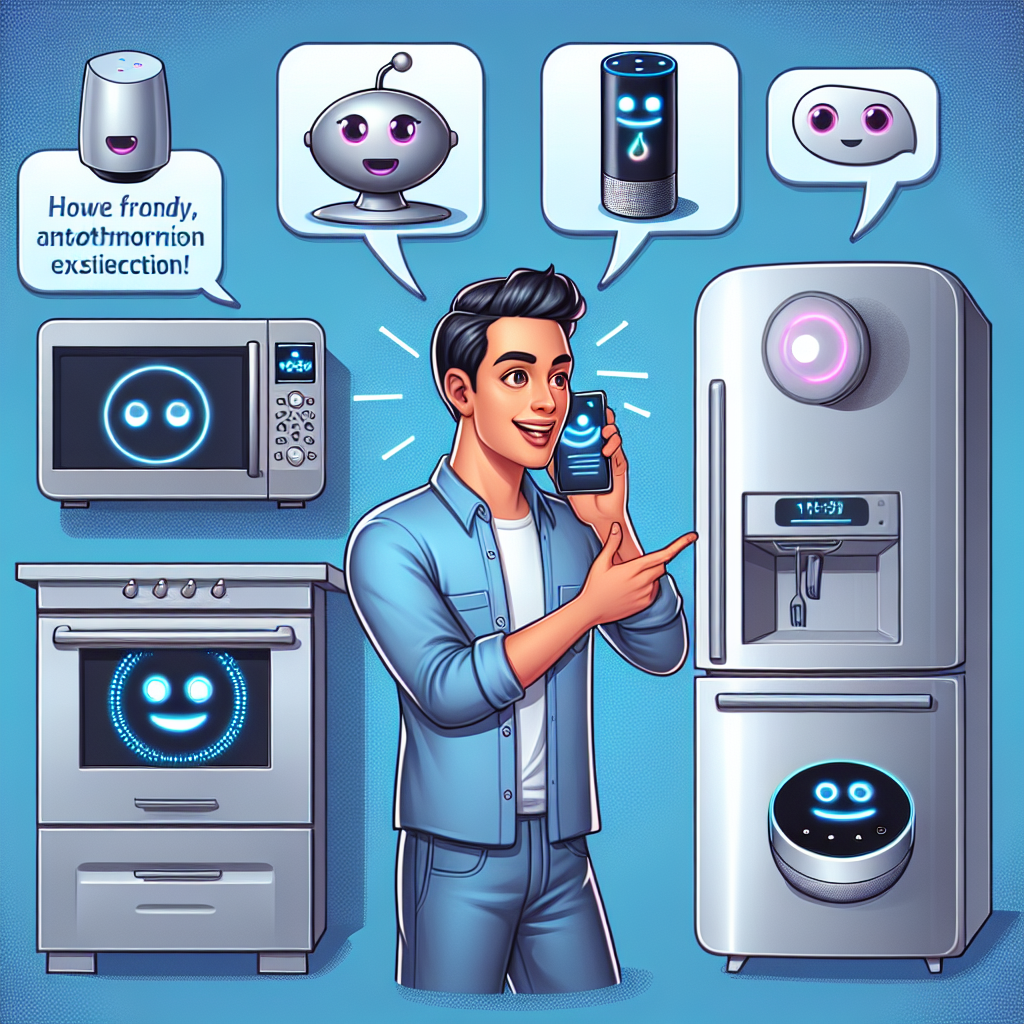Remember when building software required years of coding experience and technical know-how? Those days are rapidly fading into the past. Today, we’re witnessing an incredible democratization of technology that’s putting the power of AI-driven software creation into everyone’s hands. Whether you’re a solo entrepreneur with a brilliant idea, a small business looking to streamline operations, or a developer wanting to build solutions faster, AI SaaS creation platforms are opening doors that were previously locked to all but the most technically skilled.
The excitement around these platforms isn’t just hype – it’s about real people bringing real ideas to life without writing complex code. Imagine being able to transform that business solution you’ve been dreaming about into a working application within days instead of months. This isn’t science fiction; it’s happening right now, and you can be part of this revolution.
The Rise of User-Friendly AI Tools
The backbone of this movement is the emergence of user-friendly AI tools that emphasize accessibility over technical complexity. Low-code and no-code development approaches have transformed the landscape, making it possible for anyone with a vision to create sophisticated applications.
Platforms like Bubble have become game-changers in this space, offering intuitive drag-and-drop interfaces that let you design and build applications visually. Meanwhile, tools like Zapier allow you to connect different services and automate workflows without writing a single line of code. These AI SaaS creation platforms prioritize user experience, making the development process intuitive and approachable.
“The beauty of low-code platforms is that they remove the technical barriers while preserving the creative freedom,” says a small business owner who recently launched her customer service AI assistant. “I was able to focus on solving my business problem instead of getting lost in programming languages.”
According to recent industry data, businesses using low-code platforms are developing applications up to 10 times faster than those using traditional coding methods. This dramatic improvement in efficiency isn’t just saving time—it’s allowing more ideas to make it to market, creating a more diverse and innovative digital ecosystem.
Intelligent Collaboration and Customizable AI Digital Workers
One of the most exciting aspects of modern AI SaaS creation platforms is the ability to build customizable AI digital workers that transform how we collaborate and get things done. These digital workers aren’t just static programs; they’re dynamic assistants that can learn, adapt, and perform increasingly complex tasks.
Small businesses are finding particular value in these tools. A marketing agency with just five employees recently developed an AI digital worker that handles content scheduling, basic client communications, and performance reporting—tasks that previously consumed nearly 30% of their working hours.
“Our customizable AI digital worker has become like another team member,” the agency’s founder explains. “The difference is that it works 24/7, never complains about repetitive tasks, and keeps getting better at its job.”
These intelligent collaboration systems are especially powerful because they can be tailored to specific industry needs. A real estate brokerage might create digital workers that handle property listing updates and initial client inquiries, while a healthcare provider might develop systems for appointment scheduling and basic patient follow-ups.
The key is customization—these aren’t one-size-fits-all solutions but flexible frameworks that can be shaped to address specific business challenges. And as they learn from interactions, their value to the organization continues to grow over time.
Personal Use AI Products: Tailoring Technology to Individual Needs
Beyond business applications, AI SaaS creation platforms are enabling individuals to develop personal use AI products that address their unique needs. This represents a profound shift in how we interact with technology—from being passive consumers to active creators.
A freelance photographer, for example, used a low-code platform to build an AI application that automatically sorts and tags thousands of images based on content, quality, and style. What would have been a week-long manual task now happens in minutes.
A teacher created a personalized learning assistant that generates customized practice problems based on each student’s strengths and weaknesses, dramatically improving engagement and progress rates in her classroom.
These personal use AI products demonstrate how technology creation is becoming increasingly democratized. When individuals can build tools that precisely match their requirements, the entire concept of “software” transforms from something we buy off the shelf to something we shape to fit our lives perfectly.
Sharing and Selling Your AI Creations
Perhaps the most revolutionary aspect of AI SaaS creation platforms is the entrepreneurial opportunity they present. Once you’ve built an effective AI solution, why limit its benefits to yourself? Many creators are finding that their personal solutions have broader market appeal.
Take the case of a small business owner who built a specialized customer relationship management system for his consulting practice. After refining it based on his own needs, he made it available to other consultants in his network. Within six months, what started as a personal tool had evolved into a subscription-based SaaS product generating significant passive income.
Marketplaces for sharing and selling AI products are emerging rapidly, creating ecosystems where creators can monetize their innovations without handling all the complexities of payment processing and distribution. This creates a virtuous cycle where successful applications inspire and fund further development.
“I never saw myself as a software entrepreneur,” says a former administrative assistant who now sells a suite of workflow automation tools. “But the low-code platform made it possible for me to transform my knowledge of office procedures into valuable products that others are willing to pay for.”
The Magic of AI Agent Technology
At the heart of many successful AI SaaS applications is AI agent technology—systems designed to interact naturally with users and other systems, learning and improving over time. These agents represent a significant leap forward from traditional software, which typically follows rigid, predetermined pathways.
AI agents leverage machine learning and natural language processing to understand context, recognize patterns, and make increasingly sophisticated decisions. They can interpret user requests, even when expressed in casual language, and translate them into appropriate actions.
For example, an AI agent built for customer service can analyze the sentiment and content of customer messages, prioritize urgent issues, suggest solutions based on past similar cases, and even preemptively address likely follow-up questions.
What makes this technology particularly powerful within the context of SaaS creation platforms is that it doesn’t require deep expertise in machine learning to implement. The platforms handle the complex underlying technology, allowing creators to focus on defining behaviors and outcomes rather than wrestling with algorithms.
As one developer put it, “Working with AI agent technology through these platforms is like having a team of AI specialists implementing your vision, even if you’re working solo.”
Workflow Automation: The Business Game-Changer
One of the most immediately valuable applications of AI SaaS platforms is workflow automation. By connecting different systems and applying intelligent rules, businesses can eliminate countless hours of manual work while reducing errors and inconsistencies.
A small accounting firm implemented an AI-powered workflow that automatically extracts data from client documents, categorizes expenses, flags potential issues, and generates preliminary reports. What previously took hours of painstaking work now happens in the background, allowing accountants to focus on higher-value analysis and client relationships.
The error reduction aspect of these workflows is particularly significant. Research suggests that automated workflows can reduce errors by up to 73% in data-intensive processes, eliminating costly mistakes and rework.
Importantly, these workflow automations don’t require ripping out existing systems. Modern AI SaaS creation platforms excel at connecting to and working alongside legacy software, extracting maximum value from previous investments while adding new capabilities.
“Our workflow automation has fundamentally changed how we allocate our time,” explains the owner of a boutique marketing agency. “Routine tasks that consumed hours each day now happen automatically, letting us focus on strategy and creativity—the things our clients actually pay us for.”
Embracing the Future of AI-Powered Creation
As we look to the future, it’s clear that AI SaaS creation platforms represent more than just another technology trend—they’re fundamentally changing who can create software and what’s possible to build. This democratization of technology creation aligns perfectly with Zygote.AI’s vision of empowering everyone to turn their ideas into reality.
The most exciting aspect of this revolution is that we’re still in its early stages. The tools are becoming more powerful and easier to use with each passing month. The integration of AI capabilities is accelerating, enabling even more sophisticated applications without corresponding increases in complexity for creators.
For individual entrepreneurs, small businesses, and developers alike, now is the time to explore how these platforms can transform your ideas into working solutions. The barriers to entry have never been lower, and the potential rewards—whether measured in efficiency, innovation, or new revenue streams—have never been higher.
Building your dream AI business isn’t a distant possibility—it’s an immediate opportunity. By leveraging user-friendly AI tools, intelligent collaboration, customizable AI digital workers, and workflow automation, you can create solutions that would have seemed impossible just a few years ago.
The future belongs to those who create it. With AI SaaS creation platforms, that future is now within everyone’s reach. What will you build today?









